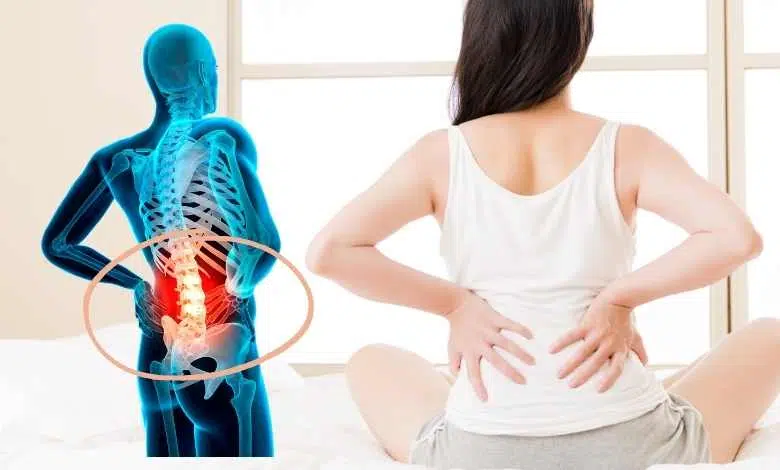Key Takeaways
- People with arthritis have long asserted that the weather can worsen their symptoms.
- A new study found that low temperatures, high humidity, and high pressure do cause more pain.
- How and why this happens is still not entirely understood, and more research is needed to be able to develop effective drugs or interventions in this area.
A new study validates what many of us have long heard from friends and loved ones: that the weather can directly impact symptoms caused by osteoarthritis, the most common form of arthritis.1

But existing research on the subject has been inconsistent, with some studies finding no association between the two and others finding a clear connection.
The new systematic review and meta-analysis, published in the Annals of Medicine, set out to explore the existing evidence to reach some kind of conclusion. Researchers found that 13 of 14 studies contained strong evidence that “weather factors in general, including any kind of meteorological condition, were associated with” osteoarthritis pain.
10 Surprising Facts About Osteoarthritis
“From the perspective of external weather factors, low temperature, high humidity, and high pressure can cause pain,” Yuelong Cao, MD, a co-author of the study, told Verywell.
Barometric pressure, or the weight of the air, often decreases quickly when a storm or cold front blows through the area. That change in compression can irritate joints and cause already inflamed tissue to swell a little more in arthritis patients, according to John Schumann, MD, executive medical director at Oak Street Health, who treats older adults.
“That’s why a lot of patients with arthritis say they can feel the change of weather ‘in their bones,’” Schumann told Verywell.
The connection between air pressure and joint pain was validated in a study from 2019, which found a correlation between pain and relative humidity, air pressure, and wind speed, though it didn’t find a significant association between temperature and pain.2 A 2015 study, however, found that the daily average humidity and temperature significantly affected joint pain.3
While external weather factors can evidently have an impact, Cao said the specific mechanism of weather affecting arthritis is complex, as it includes the weather itself, condition factors, and internal biological regulatory factors.
“From our other studies, regardless of the external meteorological conditions, weather-sensitive people with osteoarthritis have more severe symptoms and structural damage, which suggests that the human body’s biological regulatory factors play a role,” he said.
9 Warning Signs of Arthritis
How to Adapt to Seasonal Changes
If you’re someone who notices that the weather has an impact on your joints, there are some things you can do to adapt.
“Most regions have frequent changes in weather and pressure, so there’s likely no way to avoid these side effects,” Schumann said. “However, if you’re able to keep warm, it may help. Light exercise, stretching, or a hot shower can keep your joints and muscles warm, which may reduce feelings of stiffness.”
Cao meanwhile said it’s a good idea to adjust your clothing and outdoor activities to avoid exposure to adverse weather factors as much as possible.
And while moving locations may seem drastic, some climates are definitely better than others when it comes to arthritis. This varies by individual, but research shows that a warmer, drier climate may be the best option, according to the Arthritis Foundation.
The Arthritis Foundation also maintains a Weather & Arthritis Index, which allows people to enter their ZIP code or location to see how the weather forecast and upcoming conditions could affect their pain level.
“There may be no way to change the weather,” Cao said. “But we do have ways to explore the biological mechanisms that regulate how it affects us to develop effective drugs or interventions in this area.”
8 Best Arthritis Gloves of 2023 for Compression and Winter
What This Means For You
If the weather affects your joint pain, do your best to avoid too much exposure to whatever conditions have an impact on you by wearing light clothing and staying indoors when needed. You can also try light exercise, stretching, or a hot shower to keep your joints and muscles warm and reduce feelings of stiffness, and you can check The Arthritis Foundation’s Weather & Arthritis Index to see how the weather forecast and upcoming conditions could potentially affect your pain level.
3 Sources
:max_bytes(150000):strip_icc():format(webp)/FE3F9AD2-9085-40B8-8E8E-AF95656B0B37-048bcc651b0f4063b40038d3df45e712.jpeg)
By Mira Miller
Mira Miller is a freelance writer specializing in mental health, women’s health, and culture.


